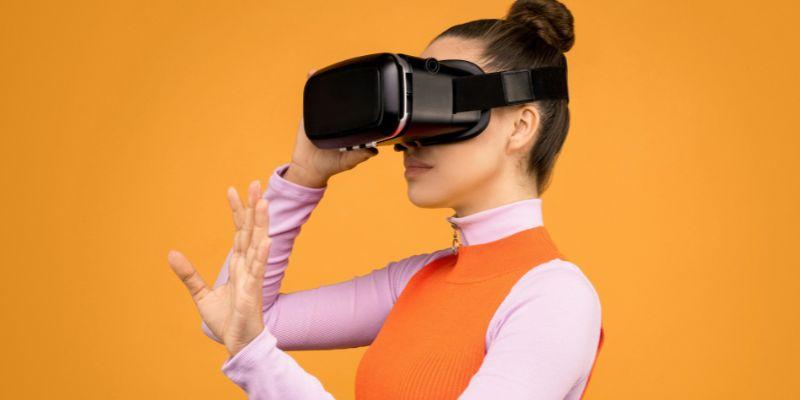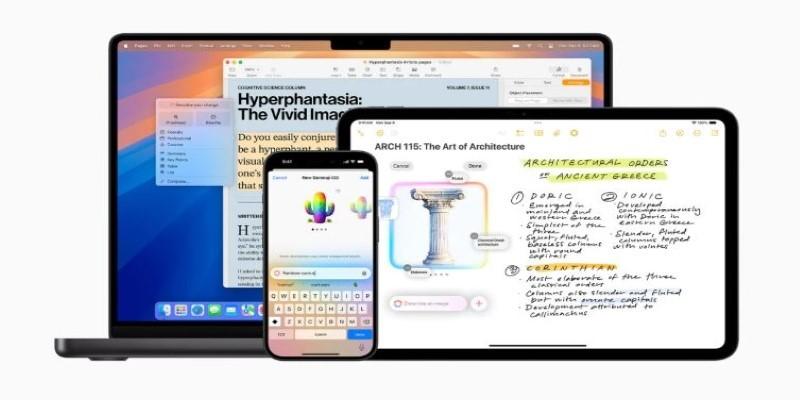The retail world is changing rapidly, and one of the most significant developments is taking place in a realm we can't physically touch—the metaverse. Once seen as a concept for gamers and tech enthusiasts, the metaverse is now emerging as a serious space for business, particularly in retail. Thanks to new VR platforms for retailers, brands can create digital versions of their stores, offering customers a fresh and exciting way to shop.
This change isn't just about having cool graphics or interactive gadgets. It's about creating a virtual retail experience that feels just as real and engaging as walking into a physical store, perhaps even more so. These platforms give businesses the tools to meet customers where they already are online, on mobile, and now in the metaverse.
The push into virtual shopping is more than a trend—it's the beginning of the metaverse retail revolution, which aims to transform how people connect with brands completely.

Why Brands Are Investing in Virtual Storefronts
Retailers are quickly discovering that the metaverse isn't just a place for entertainment. It's a powerful marketing tool and sales channel. Through immersive virtual environments, businesses can engage with customers on a deeper level than traditional websites or apps allow.
When customers enter a virtual retail experience, they don't just scroll through photos—they walk through digital stores, try on virtual clothes, and even interact with virtual assistants. All of this is possible due to VR platforms for retailers that make it easy to build 3D spaces connected to real-time e-commerce systems.
These platforms not only extend a brand's online presence but also enable global reach without the costs associated with physical expansion. Brands can now open virtual stores that stay open 24/7 and welcome visitors from every corner of the world.
This is what makes the metaverse retail revolution so powerful. It's about connection, convenience, and creating emotional engagement with shoppers—all in a virtual world.
How VR Platforms Make Virtual Retail Happen
A key part of this shift is technology. VR platforms for retailers offer the digital tools necessary to create immersive store environments, while also providing additional benefits. These platforms now support real-time inventory management, digital product display, checkout options, and customer tracking features, all within a 3D environment.
Retailers can use these platforms to tell their brand story through custom design. Virtual aisles can reflect seasonal campaigns, and digital shelves can be updated with a few clicks. Some stores even create entire virtual cities or malls where different brands can coexist, creating a more social and shared shopping experience.
Thanks to better and cheaper VR headsets—and even browser-based VR experiences—virtual retail experiences are more accessible than ever. Shoppers don't always need special equipment; many VR platforms are compatible with standard devices like phones and computers. This opens the door for broader adoption across different age groups and regions.
What This Means for the Future of Shopping
With this growing momentum, the metaverse retail revolution is expected to keep expanding. Analysts are already seeing billions in investment flowing into metaverse development, and retail is one of the sectors receiving the most attention.
But beyond the numbers, what truly matters is how customer behavior is changing. People today value experience just as much as price. They want to feel something when they shop. They want convenience, personalization, and creativity. And that's precisely what the metaverse delivers.
As virtual retail experiences improve, customers will expect more from brands. They won't be satisfied with flat online stores or basic apps. Instead, they'll look for immersive, fun, and emotionally engaging interactions. This is a massive opportunity for retailers willing to experiment and adapt.
Even legacy brands are testing virtual try-ons, avatar-based shopping, and AI-powered assistants. The goal isn't to replace traditional shopping entirely but to offer an exciting alternative that fits today's digital lifestyle.
Challenges Retailers Must Consider
Of course, every opportunity comes with challenges. While VR platforms for retailers are more advanced than ever, not every business is ready to jump into the metaverse. Creating a high-quality virtual store requires time, resources, and a clear digital strategy.
Some retailers may also worry about accessibility. While many platforms offer low-entry solutions, not every customer has the same level of technology at home. That's why browser-based VR and mobile compatibility are so important.
Another concern is data privacy. Just as with e-commerce websites, brands must ensure their virtual stores are both secure and user-friendly. Customers need to feel safe sharing information or making purchases in digital spaces.
Despite these hurdles, the trend is clear: the metaverse retail revolution is moving forward. Early adopters are already seeing results, especially among younger shoppers who enjoy interactive and gamified experiences.

Embracing the Virtual Retail Experience
For businesses looking to thrive in the next wave of digital commerce, now is the time to act. Whether it's launching a fully immersive store or simply starting with augmented reality features, the shift toward virtual retail experiences is accelerating.
Retailers should think creatively, partner with experienced VR platform providers, and listen to what their customers want from modern shopping experiences. The more personalized, interactive, and immersive the journey, the more likely customers are to return and recommend the brand to others.
In many ways, the metaverse retail revolution brings joy and connection back to the online shopping experience. It's a chance to surprise, engage, and delight customers in a space where creativity knows no bounds.
Conclusion: The Retail Revolution Is Here
As we move deeper into the digital era, one thing is clear: the metaverse is more than a buzzword. It's a real, growing part of our lives, and it's transforming how we interact with brands.
Thanks to powerful VR platforms for retailers, businesses can now offer something far more engaging than a simple product page—they can deliver unforgettable virtual retail experiences that build loyalty and excitement.
Retailers that embrace this shift today will be the ones leading tomorrow. The metaverse is not just the future of shopping—it's the present moment of innovation.












